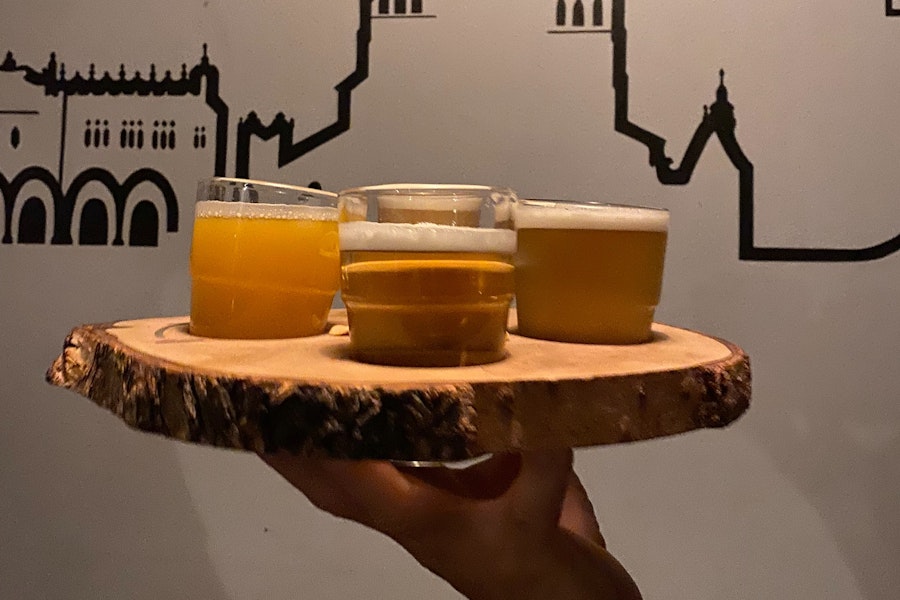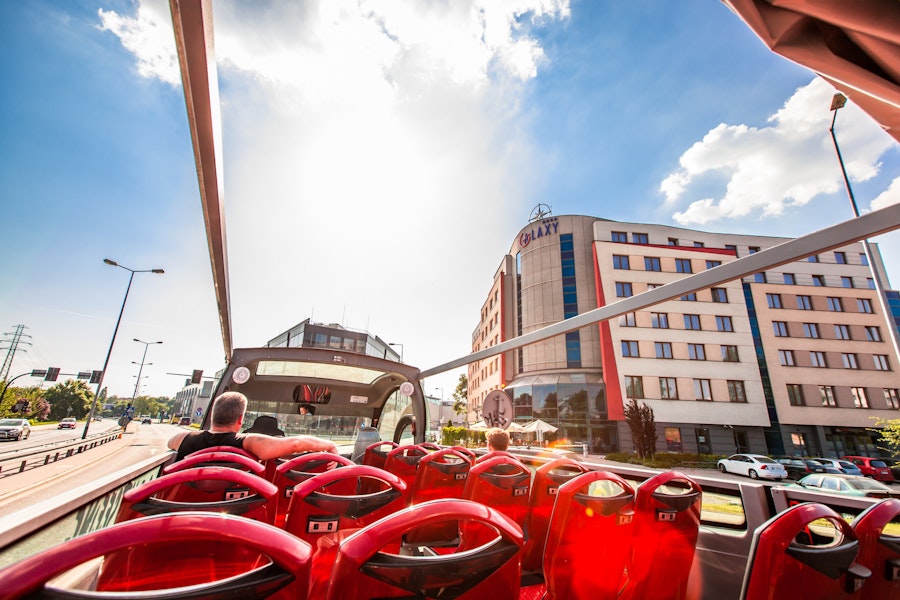Krakow Jewish Music Concert Tickets
About this activity





Experience Highlights
Travel back in time with tickets to this one-hour concert of klezmer music, performed by a band of professional musicians with over 20 years of experience, in a traditional 15th century Polish house.
Discover songs in Yiddish, the language spoken by Jews of German origin, belonging to the tradition of Orthodox Judaism, and musical pieces from Reform Judaism. You will also be dazzled by the 'Dębinskim' or 'Under Barrel', this classical Polish building, which was built in the 15th century with a single storey, and whose structure was completely renovated in the mid-16th century.
- Enjoy an hour-long concert of klezmer music performed by professional musicians.
- See an old traditional Polish house from the 15th century from the inside.
- Experience an authentic journey through time through music.
What’s included
- Entrance to a concert in a traditional Polish house
Step by Step
These tickets will open the doors of Polish culture to you. You will enjoy about one hour of a concert in a unique environment to be enchanted by the traditional music of the region: a classical building from the 15th century, renovated in the 16th century.
With the performance of a group of professional musicians, who have more than 20 years of experience playing together, you will be immersed in Jewish musical culture. The pieces performed by these celebrated musicians are related to the folklore of Reform Judaism, which originated in the 19th century.
The show also includes the performance of songs in Yiddish. This is the language spoken by Jews of German origin, which is composed of elements of Hebrew, French, German and Italian. This music, which is a survey of Jewish tradition, is influenced by many parts of Europe such as Romania, Greece, Ukraine, Poland and Turkey.
The venue is also historic. It is a 15th century house that was renovated in the following century. The building belonged to Kasper Debinski, whose surname gives the house its name, and who served the Polish Royal House as a hunter. It was he who added the first floor and had the façade decorated with paintings. Classical elements can still be seen today, such as the ornate 19th century staircase leading to the concert hall.









